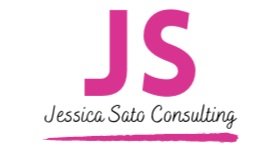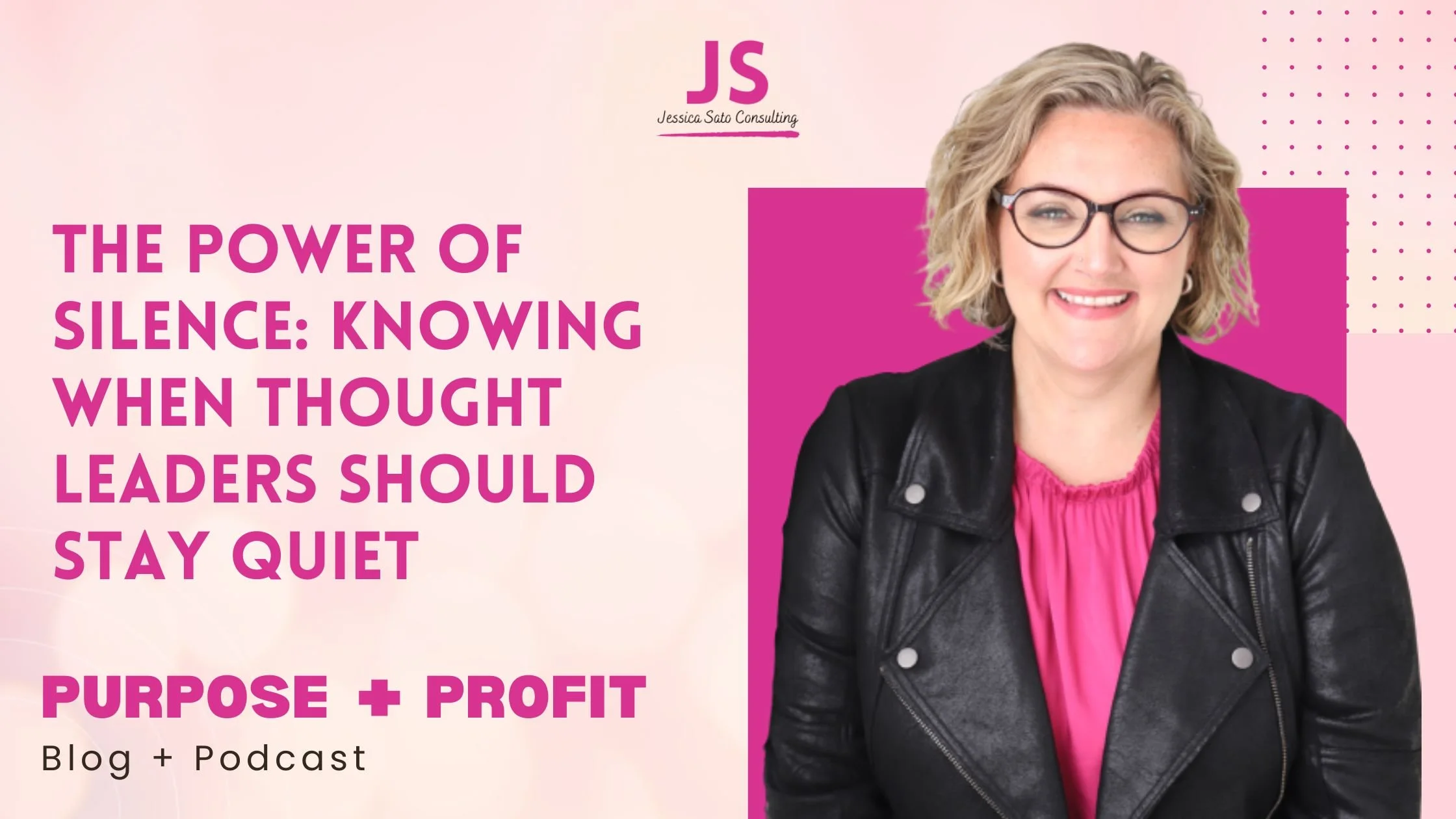Why Speaking is One of the Best Visibility Tools for Female Entrepreneurs
Listen to this episode on the Purpose + Profit Podcast on Apple Podcasts, Spotify, or the podcast player of your choice
As an entrepreneur, visibility isn't just a luxury—it's a necessity. For high-achieving female entrepreneurs who are dedicated to social change, you already know that standing out in a crowded market requires more than just a great product or service. It demands a clear, impactful message that powerfully connects with the right audience.
When I take a step back and look at my and my clients’ success, it’s clear that one of the most effective ways to increase visibility is through well-chosen speaking engagements. Speaking is a tool that builds credibility and authority, and provides unique opportunities to connect with potential clients and partners on a deeper level. In this week’s blog, we’ll explore why speaking is one of the best visibility tools you have, and I’ll share three strategies for getting on the right-fit stages to amplify your message.
Why Is Speaking a Powerful For Increasing Visibility
When you step onto a stage, you position yourself as an expert in your field. Read that again.
When you step onto a stage, you position yourself as an expert in your field.
This isn't just about sharing knowledge—it's about demonstrating your expertise in a way that builds trust with your audience. For female entrepreneurs and those of you who are actively seeking to create social impact, speaking engagements offer a platform to share your vision and the impact of your work. This establishes you as a thought leader and an authority in your industry, making it easier for people to trust and follow your brand.
Speaking engagements also allow you to reach a highly targeted audience. Unlike general marketing strategies, speaking puts you in front of people who are genuinely interested in what you have to say. Whether you're speaking at a conference, hosting a webinar, or delivering an info session at a small networking event, the attendees are there to learn and engage with the content and with you. This creates a unique opportunity for potential clients, collaborators, and influencers to get a deeper sense for who you are and what you’re about. They can then actively choose to further that connection because they align with your mission and vision in a way they may not have otherwise.
Before we dive into finding right-fit stages, let me offer something that may help those of you who are feeling anxious about public speaking. Given that we’re so digitally connected, speaking engagements extend far beyond traditional or physical stages. With social media and online streaming, your message can reach a global audience in a way that it couldn’t even a decade ago. This kind of reach amplifies your visibility and allows you to engage with people who might not have been able to attend the event in person. Additionally, sharing your “voice” through blog posts, videos, and social media content can further your impact, help you build a loyal following, and expand your reach.
Strategies for Getting on the Right-Fit Stages
Now that we've established the importance of speaking as a visibility tool, let's explore three strategies for getting you on the right-fit stages.
1. Identify Your Ideal Speaking Opportunities
The first step in securing speaking engagements is to identify the opportunities that align with your goals and target audience. This may seem obvious, but often I have clients tell me they’ve been invited to speak at x,y,z summit, and when I ask who will be there and how it’ll help them, they don’t have a great answer.
So, start by researching events, conferences, and podcasts that focus on your industry, the kind of people you serve, and the topics you’re passionate about. Consider the size of the audience, the type of attendees, and the event's reputation. For example, if you're passionate about social change, look for events that focus on social entrepreneurship, women's leadership, or community impact.
As a bonus, consider whether the event offers opportunities for networking and collaboration. These can be a valuable and easy way to build relationships and expand your influence.
2. Craft a Compelling Speaker Pitch
The next step is to craft a compelling speaker pitch. Your pitch should clearly articulate who you are, what you do, and why you're the right person to speak at the event. Highlight your expertise, the unique insights you bring, and the value you can offer to the audience. This is where being very clear on your big idea, why you, and the key takeaways will come in handy.
It should go without saying, but be sure to tailor your pitch to each event, and make sure you emphasize how your message aligns with the event's theme and goals. What’s in it for the event host and their audience? This is not about you… it’s about them!
3. Leverage Your Network and Build Relationships
You’ve probably heard the phrase, “Business happens at the speed of relationships,” and never has that been truer than in securing speaking engagements. Reach out to your existing network of colleagues, clients, and industry contacts to inquire about speaking opportunities. Look at where your peers are speaking, especially podcasts and see if those might be a good fit for you.
Attending industry events, joining professional organizations, and engaging with online communities to expand your network and build relationships with event organizers and decision-makers is also a powerful way to connect with people who are looking for speakers.
Remember, every speaking engagement is an opportunity to share your big idea, inspire others, and create a lasting impact. So, embrace it for the powerful tool that it is and take your visibility to the next level.



